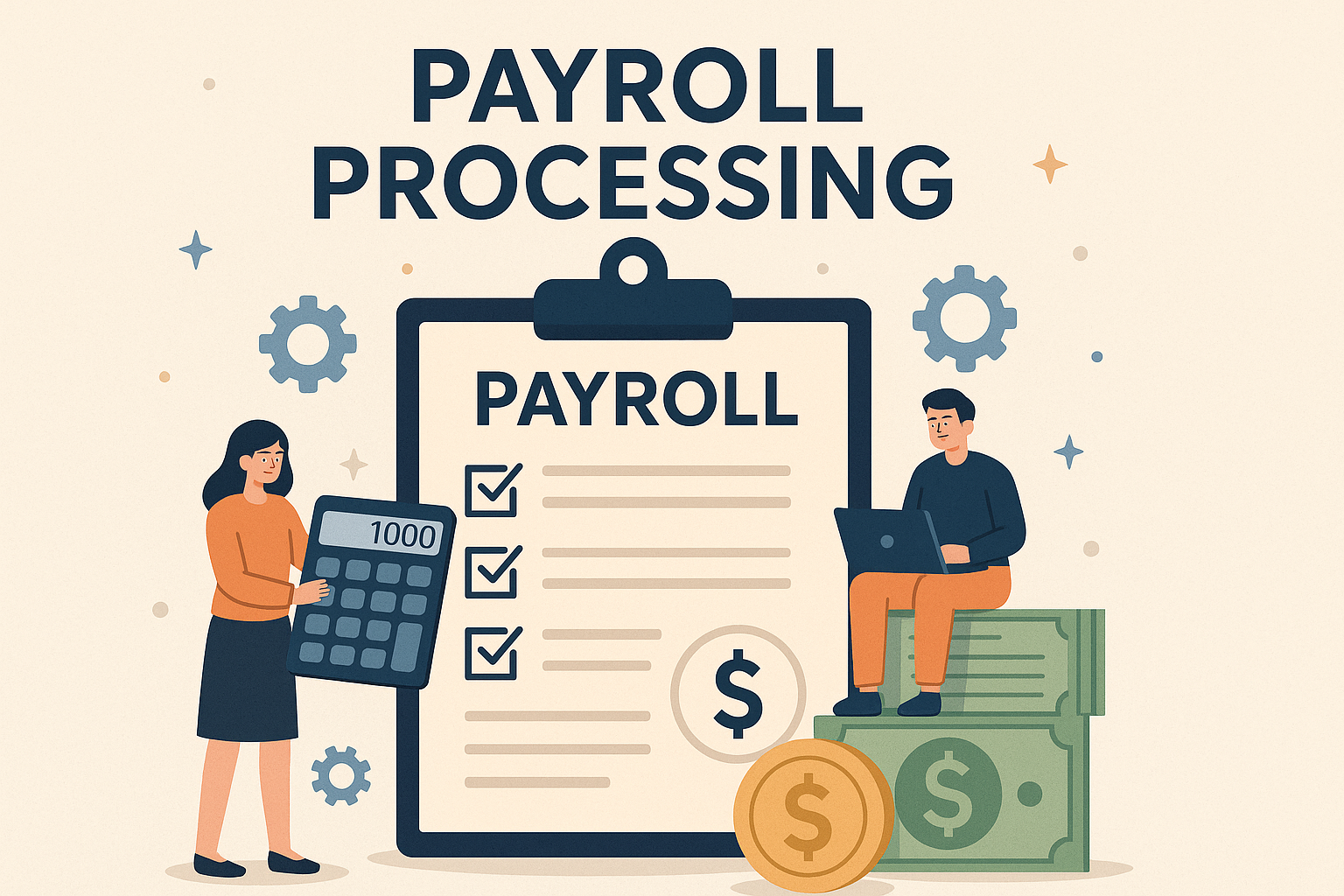For Singapore SME owners, payroll often feels like just another monthly task on an already overwhelming to-do list. But have you calculated what manual payroll processing truly costs your business? Beyond the obvious hours spent, manual payroll creates hidden expenses that directly impact your bottom line and growth potential.
The Visible Costs: Time and Labor
While exact figures vary by business, our experience working with Singapore SMEs suggests the following time investments for manual payroll processing:
| Company Size | Monthly Hours | Yearly Hours |
|---|---|---|
| 5-10 employees | 8-12 hours | 96-144 hours |
| 11-25 employees | 15-20 hours | 180-240 hours |
| 26-50 employees | 25-40 hours | 300-480 hours |
For a business with 15 employees, that’s roughly 200 hours annually—nearly a month and a half of full-time work dedicated solely to processing payroll.
Translating this to dollar value:
- For an HR manager earning $5,000 monthly ($28.85/hour):
- Annual payroll processing cost: $5,770
- If the business owner handles payroll (valued at $75/hour):
- Annual payroll processing cost: $15,000
The Hidden Costs You’re Overlooking
1. Errors and Corrections
Even with a modest 2% error rate, each payroll mistake creates cascading costs:
- 2-4 hours spent investigating and correcting errors
- Potential penalties for CPF or tax filing mistakes
- Employee dissatisfaction affecting productivity
- Additional bank charges for payment corrections
2. Compliance Risks
Singapore’s payroll regulations are complex and changing, with significant penalties:
- CPF late payment penalties: 1.5% interest per month
- IRAS penalties for incorrect returns: up to $5,000
- MOM penalties for employment law violations
3. The Opportunity Cost
This is perhaps the most significant expense of all. For a business owner spending 15 hours monthly on payroll:
- 180 annual hours could instead be used for:
- Pursuing 15-20 new client opportunities
- Developing a new product or service
- Implementing several operational improvements
For many SMEs, this opportunity cost represents the difference between stagnation and growth.
Real Business Impact: Singapore SME Examples
Retail Business Transformation
A local retail business with 22 employees was spending 25 hours monthly on payroll. After implementing an automated solution:
- Monthly processing time reduced to 2 hours
- Annual time savings: 276 hours (approximately $13,800)
- Error rate reduced from 3.2% to near-zero
- Revenue increased 7% as staff time was redirected to operations
Professional Services Firm Results
A consulting firm with 8 employees and complex compensation structures experienced:
- Before: 10 hours monthly with 4.5% error rate
- After: 1 hour monthly with zero calculation errors
- Owner secured two additional contracts worth $85,000 annually with the time saved
The Technology Solution: Clear ROI
For a 15-employee company, here’s the cost comparison:
Manual Method:
- Annual labor cost: $5,770 (HR) or $15,000 (owner)
- Error correction costs: ~$1,000 annually
- Potential penalties: $500-2,500 annually
- Total annual cost: $7,270-18,500
Automated Solution:
- PayGoSG’s bank file generation: $15 per file
- Annual service cost: $180
- Reduced labor (2 hours monthly for review): $692
- Total annual cost: $872
Annual Savings: $6,398-17,628
Benefits Beyond Cost Savings
Employee Satisfaction
Automated payroll reduces payment errors, providing:
- On-time, accurate salary payments
- Correct CPF contributions
- Proper tax declarations
Strategic Financial Visibility
Modern payroll systems provide:
- Comprehensive labor cost tracking
- Departmental cost allocation
- Budget forecasting
Scalability Without Proportional Cost Increases
As your business grows, automated systems:
- Accommodate additional employees efficiently
- Support complex compensation structures
- Adapt to changing regulatory requirements
Making the Transition: A Simple Roadmap
-
Audit your current process:
- Track time spent on payroll activities
- Document errors and their impact
- Calculate your total costs
-
Identify your specific requirements:
- Number of employees and payment types
- Required bank file formats
- CPF and tax reporting needs
-
Select the right solution:
- Consider targeted tools like PayGoSG for specific pain points
- Evaluate implementation complexity and timeline
-
Transition smoothly:
- Run parallel systems for 1-2 cycles
- Create a standard operating procedure
Is Manual Payroll Still Worth It?
Consider this: For many Singapore SMEs, the annual cost of manual payroll exceeds $10,000 when all factors are considered. That’s money that could be reinvested in growth, new equipment, marketing, or staff development.
More importantly, it represents time—your most precious resource as a business owner—that could be spent on activities that directly contribute to business growth.
While changing established processes requires some initial effort, the ROI typically becomes apparent within 2-3 months. For most businesses, the decision to continue with manual payroll processing becomes increasingly difficult to justify when the numbers are laid bare.
At PayGoSG, we understand that not every business needs a complex payroll system. Our simple bank file generation and CPF submission services help Singapore SMEs eliminate the most time-consuming aspects of payroll processing without unnecessary complexity. Transform your payroll process from a monthly burden into a streamlined, error-free task—and reclaim your valuable time.
This article was written by Sarah Tan, Communications Specialist at PayGoSG. Visit paygosg.com to learn more about our simple payroll solutions for Singapore businesses.
